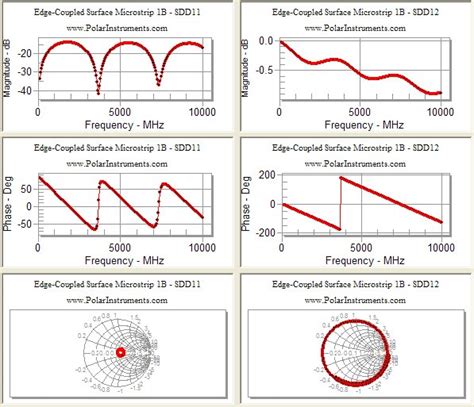
PCB Transmission Line: An Interconnection Between Transmitters and Receivers in a PCB
Introduction to PCB Transmission Lines In the world of electronics, the Printed Circuit Board (PCB) is a fundamental component that enables the interconnection and functionality[…]
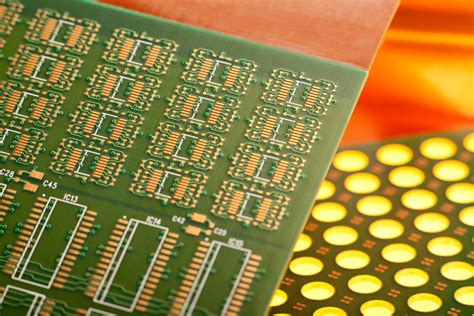
PCB Design Guideline
Understanding the Basics of PCB Design Before diving into the details of PCB design, it is essential to understand the basics. A PCB is a[…]
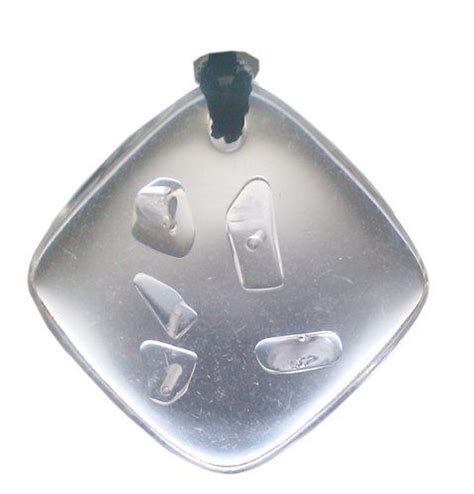
quantum computing electronics vs photonics new chips will shift balance
Introduction to Quantum Computing Quantum computing is a rapidly advancing field that harnesses the principles of quantum mechanics to solve complex problems that are beyond[…]
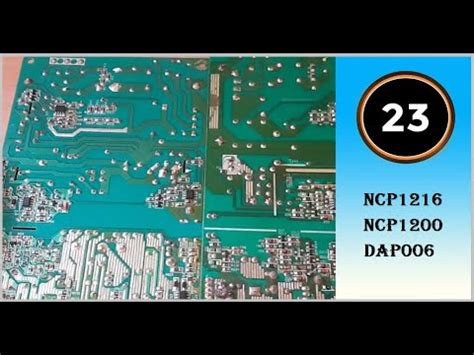
pwm power supply design
Introduction to PWM Power Supplies Pulse Width Modulation (PWM) is a technique used in power supply design to efficiently regulate voltage and current. PWM power[…]

pulsed laser diode driver circuit layout for lidar
Introduction to Laser Diode Drivers in Lidar Systems Lidar (Light Detection and Ranging) systems have become increasingly important in various applications, such as autonomous vehicles,[…]
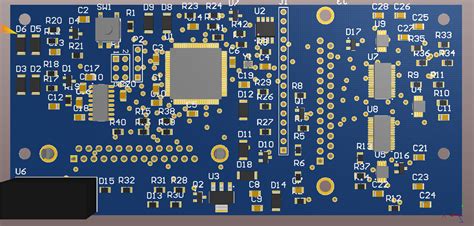
high speed pcb layout techniques
Introduction to High Speed PCB Layout High speed PCB layout is a critical aspect of designing modern electronic systems. As signal speeds and frequencies continue[…]
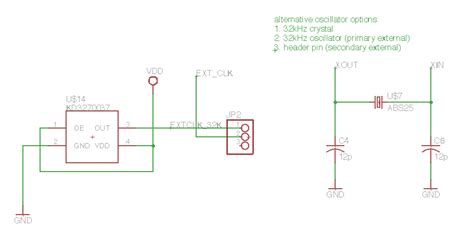
crystal oscillators your pcb layout keep frequencies steady
Introduction to Crystal Oscillators in PCB Design Crystal oscillators are essential components in modern electronic systems, providing a stable and precise frequency reference for various[…]
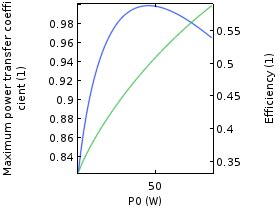
why impedance matching important transmission line
Introduction to Impedance Matching Impedance matching is a crucial concept in the design and operation of transmission lines, which are used to transmit electrical signals[…]
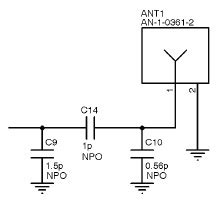
Introduction to PCB design of impedance matching with zero resistance
What is PCB impedance Matching? Printed Circuit Board (PCB) impedance matching is the process of designing transmission lines on a PCB to have the same[…]
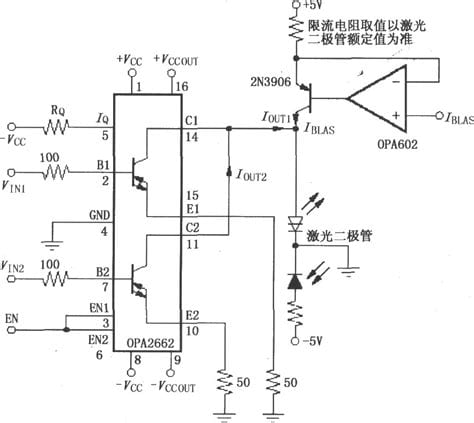
Laser Diode Driver Circuit – A Beginners Guide
Introduction to Laser Diodes and Their Applications Laser diodes are a type of semiconductor device that emits coherent light when an electrical current is passed[…]